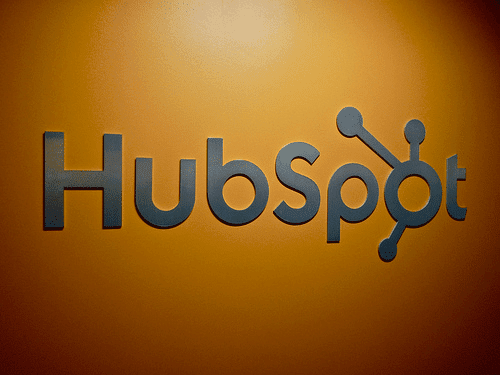A 2014 study by the MBO Partners found that there were 17.9 million solopreneurs — full-time independent workers — in the United States, up 12.5 percent since 2011. We work with a lot of them–people starting online businesses mostly by themselves, mostly online, with the vision of growing their business to great heights. The internet is making it easier than ever to start a solo business that can start small and grow to be large, and people are taking advantage of it.
In our experience, solopreneurs are rich in excitement, but a little less rich (if not poor) in strategy and planning. Typically, they want to jump into website development to get their product or service up and running as soon as possible. If this describes you, here are some of the steps we recommend that you take first.
- Keyword research. For online businesses, it is absolutely critical that people looking for the product or service can find it. That means you need to know the search terms that are most common for your business and develop web content and structure that is optimized around those search terms.
- Definition of the problem. You need to be absolutely clear on what problem you solve. That’s what drives people to search for something in the first place. They have a problem or a need. They want to find options available to solve their problem, and find the right options for them. The more specific you can be, the better. If you make shoes for people with bunions, you don’t want to be found by people looking for shoes–it’s too broad of a category. “Shoes for people with bunions” is much more specific.
- Detailed targeting. Once you are clear about the problem you solve, you need to identify, understand, and find the people who have that problem. If someone tells us that “everyone” is in their target market, we have an issue. Nothing is right for everyone. It is important to know who your target audience is. This goes by different names–some call them buyer personas, others call them ideal customers. Every detail is important. Where do they live? What do they like? How much do they earn? Where do they shop? What problems do they have? What brands do they love? What do they read? Who do they trust for advice? Everything you do should be aimed at attracting your target audience to your site and to your business.
- A list building strategy. Growing a business by attracting people to your website is great, but it takes time. If you want immediate results, you’ll need to start building a contact database of potential customers and start communicating with them via email and social networking. Building a list from scratch is challenging, but it can be done. See our blog post Building Email Lists for Startups.
- Paid advertising budget. You will need to be willing to spend some money on advertising to get started. There just isn’t any other way to get found and followed fast. The good news is that it doesn’t have to be a lot of money and that with social and digital advertising, it is much easier to serve your ad only to very qualified individuals based on everything you learned when creating your target audience profile.
- A content plan. Content is the key to online marketing. You need to have content that people want to read and share, that will rank high in search engine results and draw traffic, generate leads, and increase sales. You have to publish frequently through a blog and/or on social networks, and you need to make it easy for people to sign up (keep list building!) for more information or for an in-person meeting. The question with content is, who is going to write it? If you think it’s you, you need to be sure that you have the time and the acumen to do it. Ever see a blog that hasn’t been updated for months or years? You don’t want that to be yours.
- A distribution strategy. Once you’ve gotten your ideal customer and your keywords defined, your list built, your ad budget allocated and your content strategy together, it needs to be all stitched together for distribution through your marketing channels–typically email, social networks, and blogs. You can do this with tools like email platforms (MailChimp, Constant Contact), social publishing tools (Hootsuite, Sprout Social) and blog platforms (WordPress, blogger.com); or you can invest in a marketing automation platform (HubSpot, SharpSpring) that centralizes the distribution of your marketing efforts. Using multiple tools takes more time and doesn’t scale well. Marketing automation tools cost more but save a lot of time by automating routine tasks, and make growth much easier.
Starting and running your own business is easier than ever. Succeeding is harder. If you have a valuable product or service, people are searching for it online. Ensuring that they find you is your challenge. There’s a science and an art to online marketing, you need to understand both to succeed.




